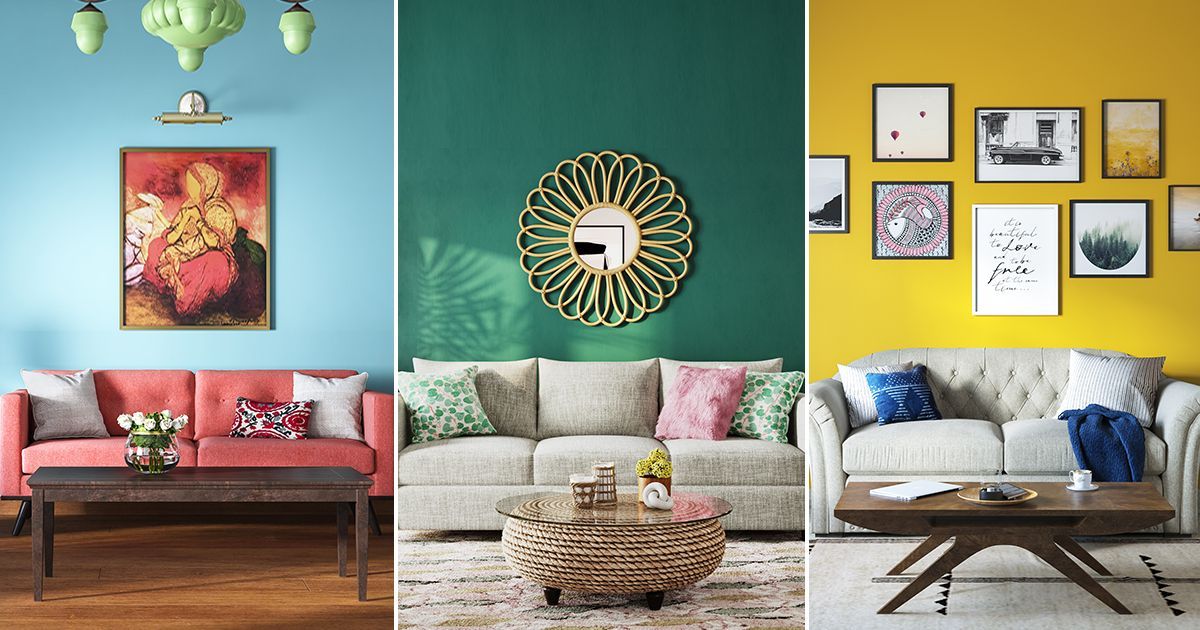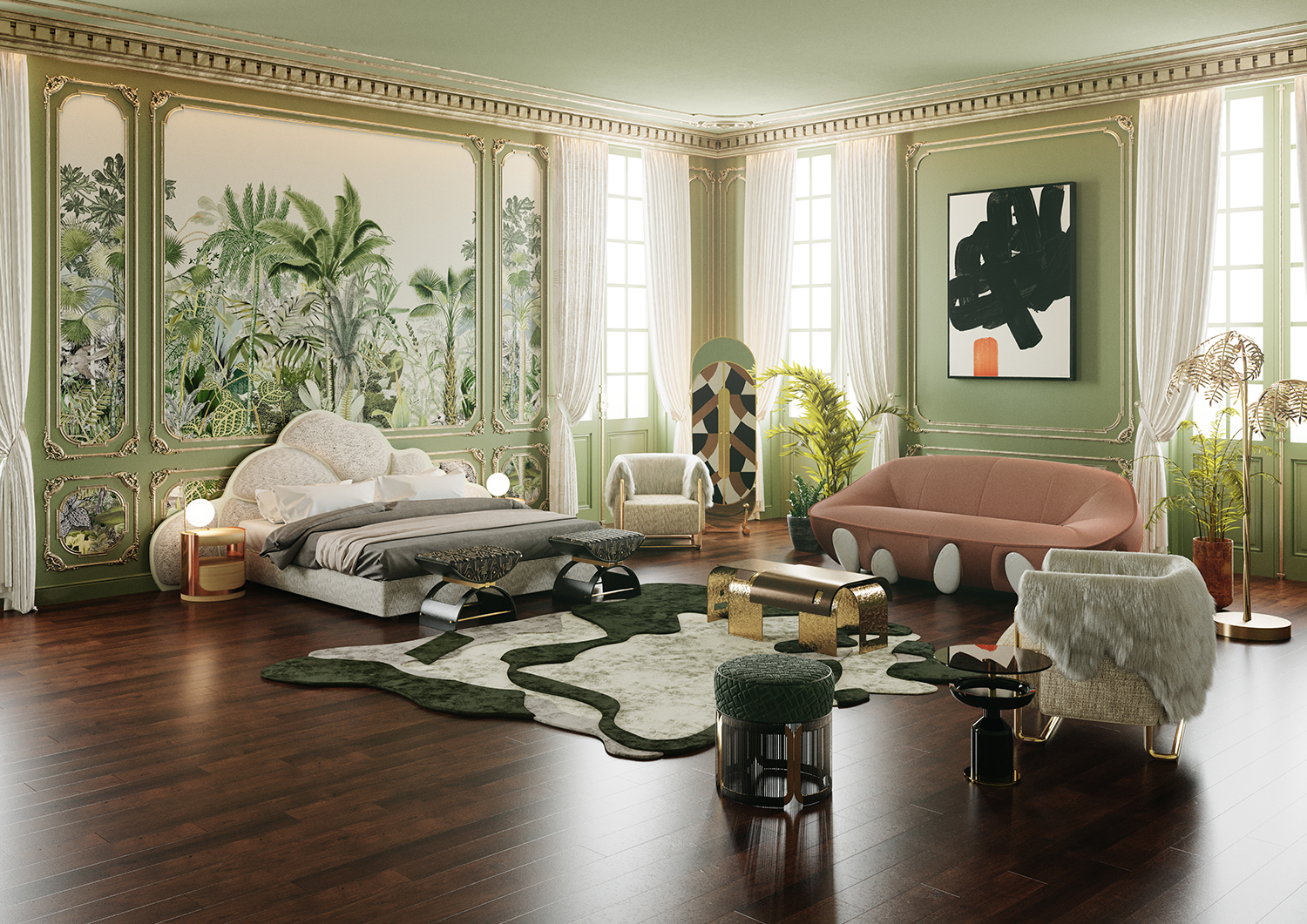Renowned Architecture Firm delivering world-class design solutions.
Renowned Architecture Firm delivering world-class design solutions.
Blog Article
Transform Your Home With Necessary Concepts of Inside Design and Aesthetic Appeals
By comprehending the impact of shade theory and the significance of appearance and patterns, one can develop areas that are not only aesthetically appealing yet additionally deeply personal. Achieving this stability includes more than mere decoration; it incorporates a critical plan and a keen understanding of how each element engages within a space.
Recognizing Color Concept
Color theory is a fundamental facet of interior layout that significantly affects mood, perception, and overall visual. Understanding the concepts of shade concept enables developers to create rooms that resonate psychologically with residents while satisfying useful demands (interior design firms). Shades can be categorized right into 3 key types: main, second, and tertiary. Each classification plays a crucial function in developing harmony within an area.
The psychological influence of shades is profound; cozy shades such as reds and oranges stimulate power and heat, while amazing tones like blues and greens advertise peace and peace. The usage of corresponding shades boosts visual interest, creating striking contrasts that can boost a room's charm.
Neutral shades, on the various other hand, work as a functional background, permitting various other style aspects to radiate. It is essential to consider variables such as lights and the room's purpose when selecting a color palette, as these can alter the understanding of shades throughout the day.
Inevitably, a well-considered color pattern can change a room, cultivating a sense of comfort and style that aligns with the inhabitants' preferences. Mastery of color theory is, for that reason, a crucial skill for any kind of indoor designer aiming to create unified and inviting settings.
Attaining Equilibrium in Style
How can developers attain a sense of equilibrium in their areas? Achieving equilibrium in design is basic to producing unified interiors.
Asymmetrical balance, on the various other hand, relies upon varying aspects that still achieve a natural look. This technique enables even more vibrant and casual setups, offering passion while preserving equilibrium. By carefully selecting varying sizes, colors, and textures, developers can create an aesthetically compelling area that really feels balanced yet energised.
Radial balance highlights a central centerpiece with elements radiating external. This design is commonly seen in round layouts, where furnishings and decoration produce a natural border that draws the eye internal.
Ultimately, achieving balance needs thoughtful factor to consider of range, percentage, and the relationships between aspects. miami luxury interior design. By masterfully using these equilibrium concepts, developers can change rooms right into environments that feel both aesthetically pleasing and functionally harmonious, improving the overall experience for residents
Value of Spatial Recognition

A keen sense of spatial awareness enables developers to determine focal factors within an area, directing the customer's interest to essential functions while keeping a total feeling of unity. It additionally assists in the strategic placement of lights, which can dramatically influence the perception of space and mood. Recognizing spatial partnerships makes it possible for the developer to cater to the particular needs of occupants, making sure that each area offers its designated function without compromising aesthetics.
Inevitably, spatial understanding is important for maximizing the capacity of any indoor room. By thoroughly considering the interaction between dimensions, format, and feature, developers can create environments that not just satisfy useful needs yet likewise evoke a sense of convenience and charm, improving the general living experience.
Incorporating Appearance and Patterns
Accepting a varied array of textures and patterns can significantly boost the visual and tactile allure of an indoor area. The strategic use of different materials-- such as timber, metal, fabric, and rock-- creates deepness and interest, making a space really feel much more welcoming and dynamic. Incorporating smooth surfaces with rough appearances can establish a balance that draws the eye and involves the detects.
When incorporating patterns, take into consideration both scale and repeating. Big patterns can act as prime focus, while smaller, subtle styles can pop over to this web-site enhance other components without frustrating the area. Layering patterns, such as pairing flower paddings with striped throws, adds intricacy and a feeling of consistency if carried out attentively.
It is also essential to maintain a natural shade scheme, ensuring that textures and patterns collaborate instead than contend for focus. By picking a couple of crucial structures and patterns, you can create an unified aesthetic that mirrors your individual design while enhancing the general atmosphere of the room. Ultimately, the mindful unification of these components can transform a mundane room right into an advanced environment rich with character and heat.
Customizing Your Space
Creating a room that shows your personality is important to achieving a truly welcoming environment. Customization in interior decoration allows you to instill your browse around this web-site unique style and rate of interests right into your home, transforming it from a mere shelter right into a refuge that talks to that you are. Begin by choosing a shade combination that reverberates with your feelings-- vibrant tones can energize, while soft tones supply peace.
Include artwork and decoration that mirror your interests, whether it be travel, nature, or abstract concepts. Showing individual collections, such as publications, pictures, or keepsakes, can evoke valued memories and create prime focus within a room. Additionally, consider tailoring useful pieces, like upholstered furnishings, to straighten with your aesthetic choices.

Final Thought
To conclude, the change of a home via the important principles of interior decoration and looks demands a comprehensive understanding of color concept, equilibrium, spatial understanding, appearance, and customization. Each element look at these guys contributes considerably to producing an unified and useful living environment - Architecture Firm. By attentively incorporating these concepts, people can boost the aesthetic allure and psychological resonance of their areas, inevitably cultivating a home that mirrors one-of-a-kind identifications while providing comfort and usefulness
Report this page